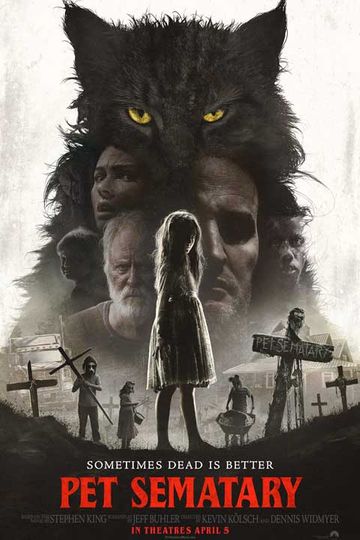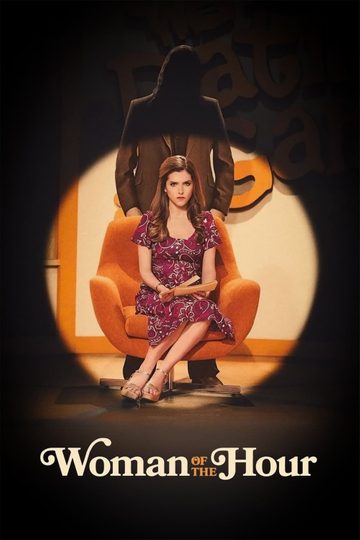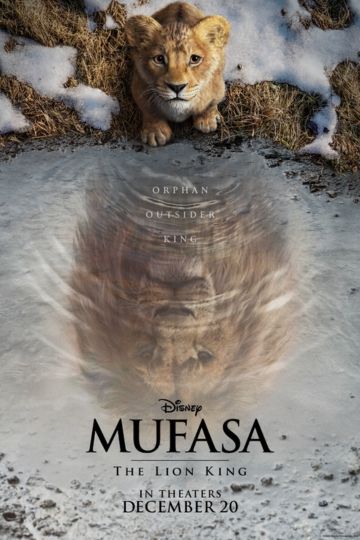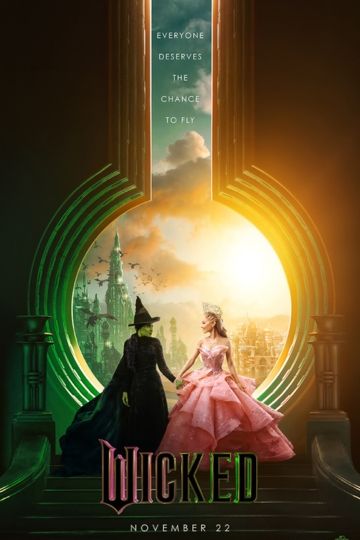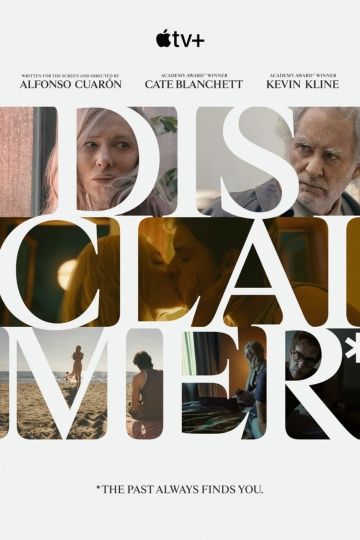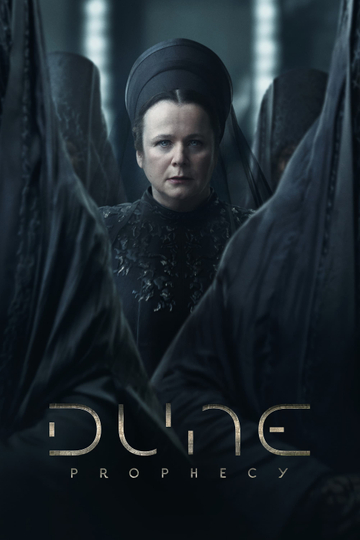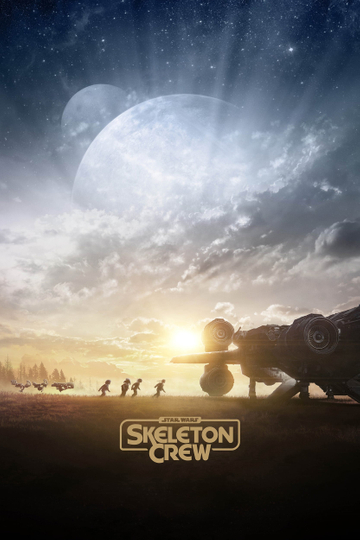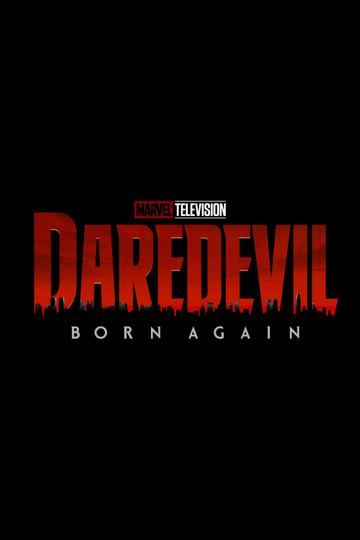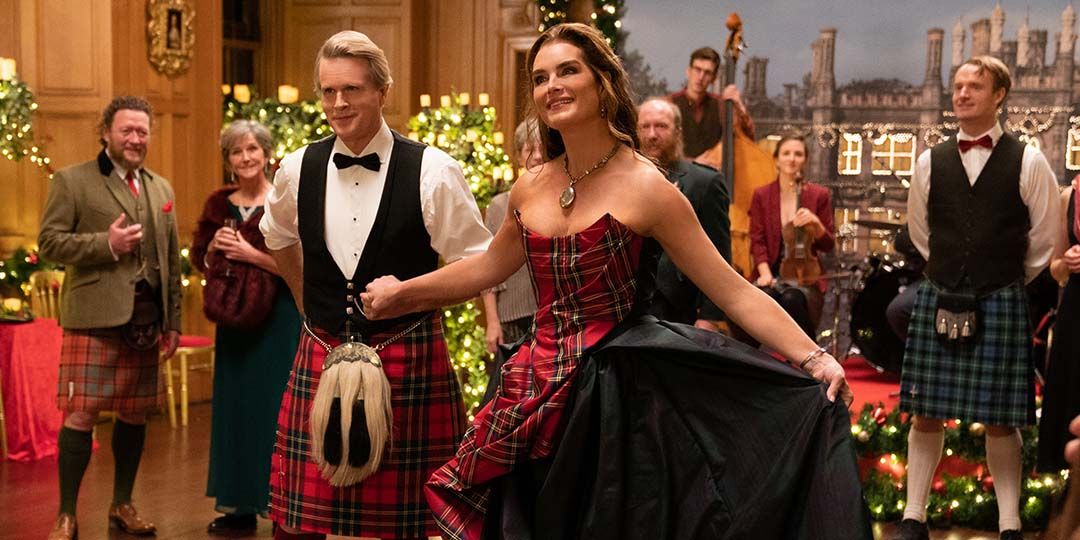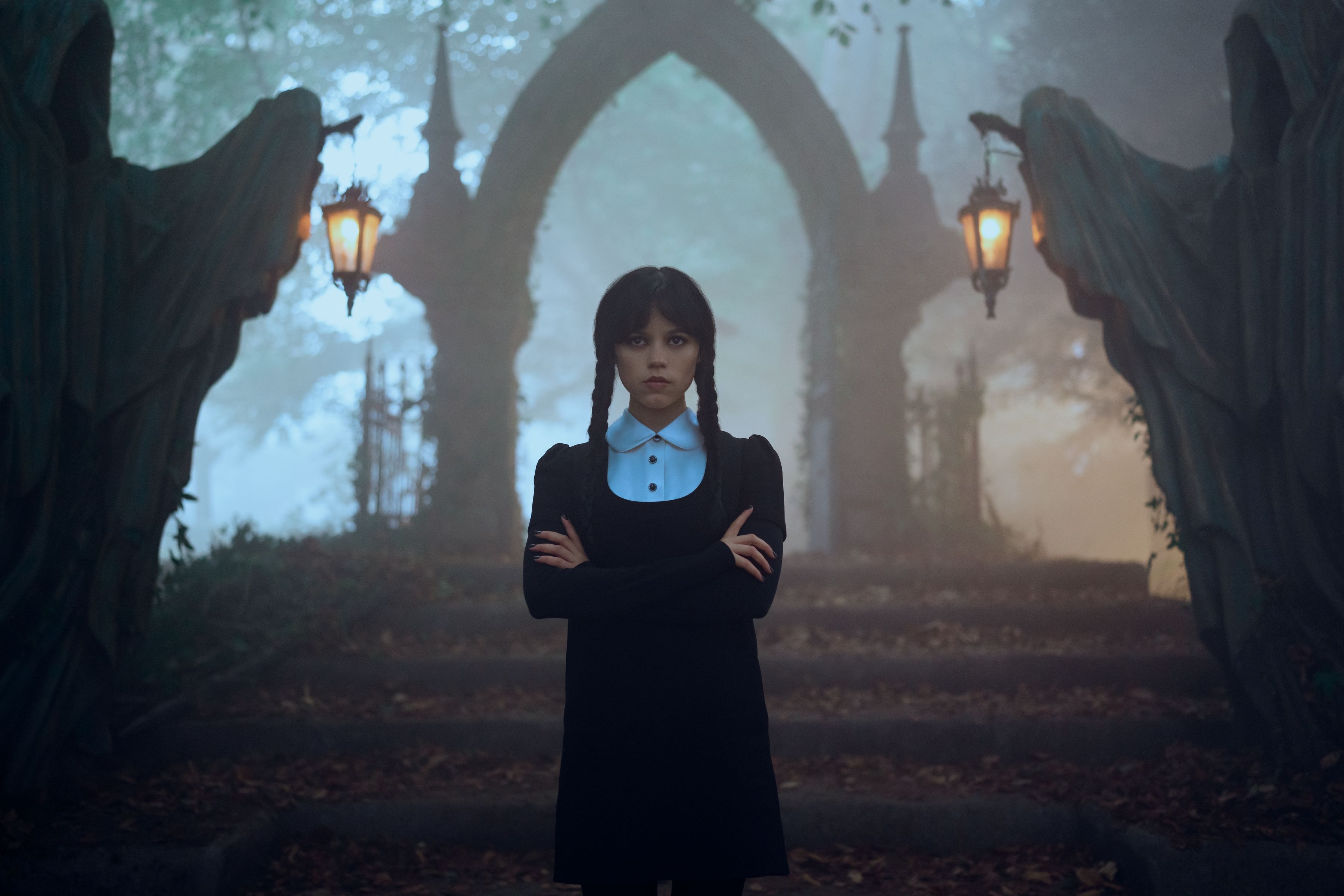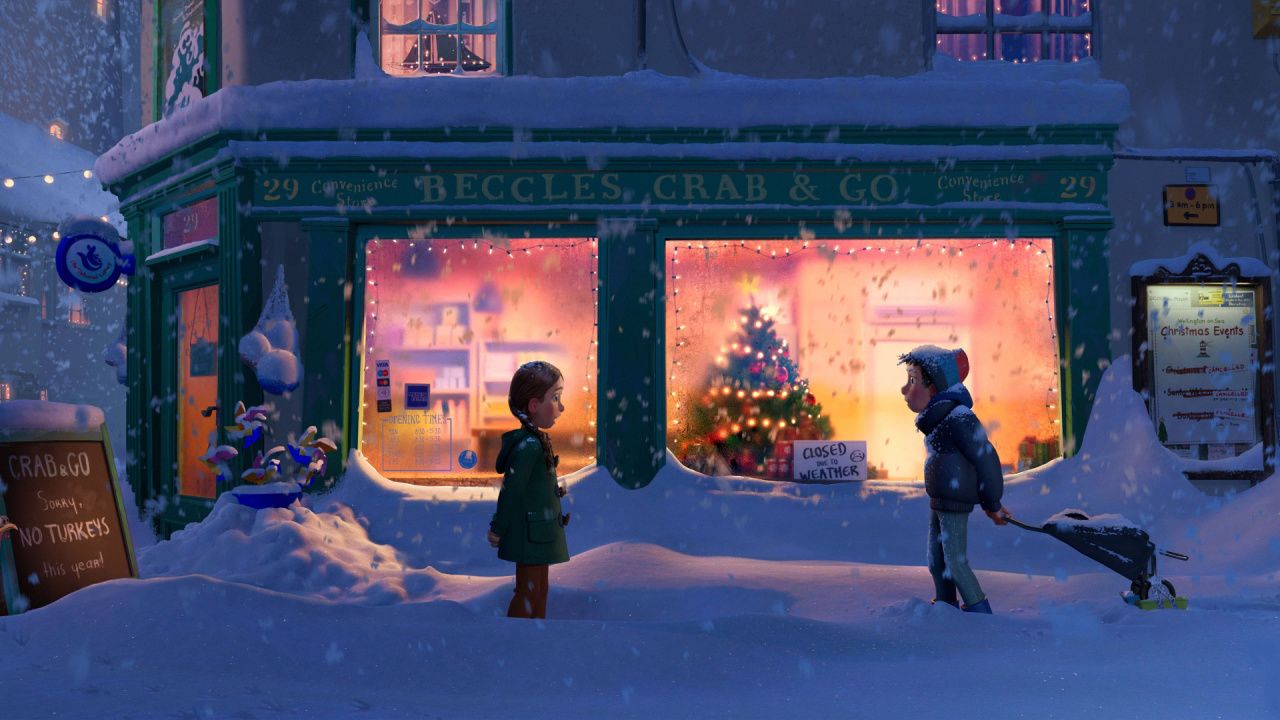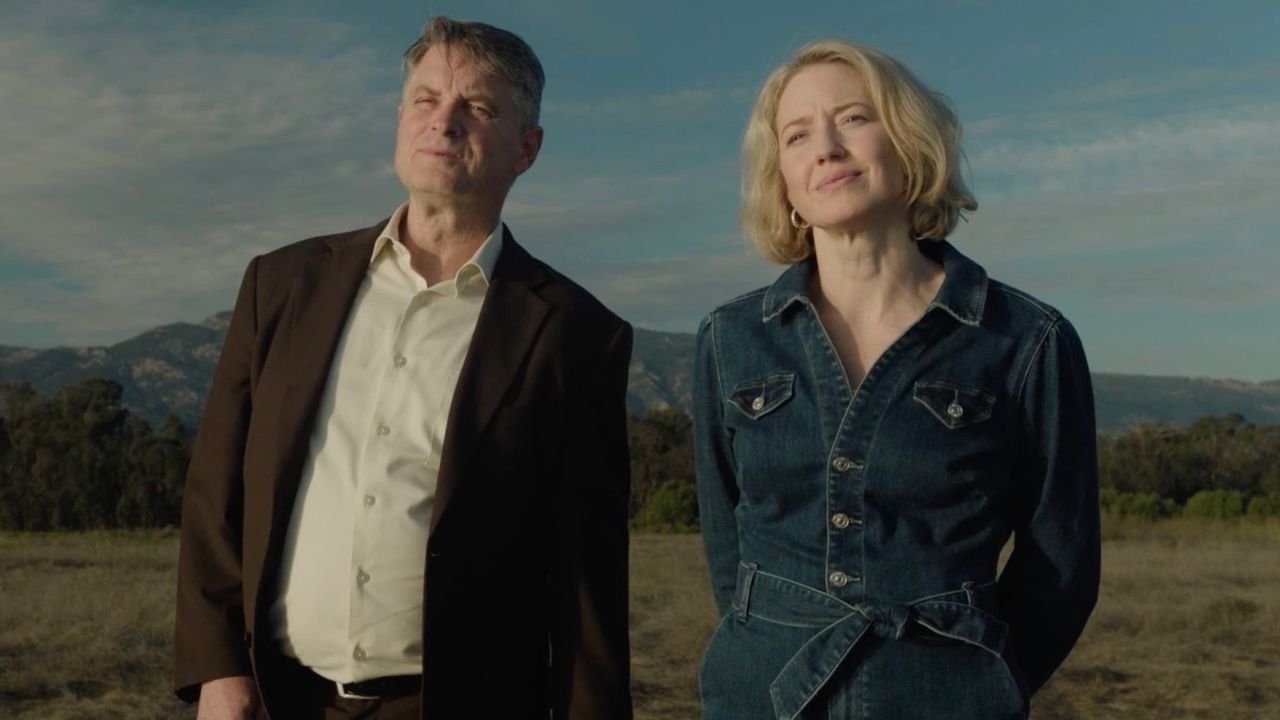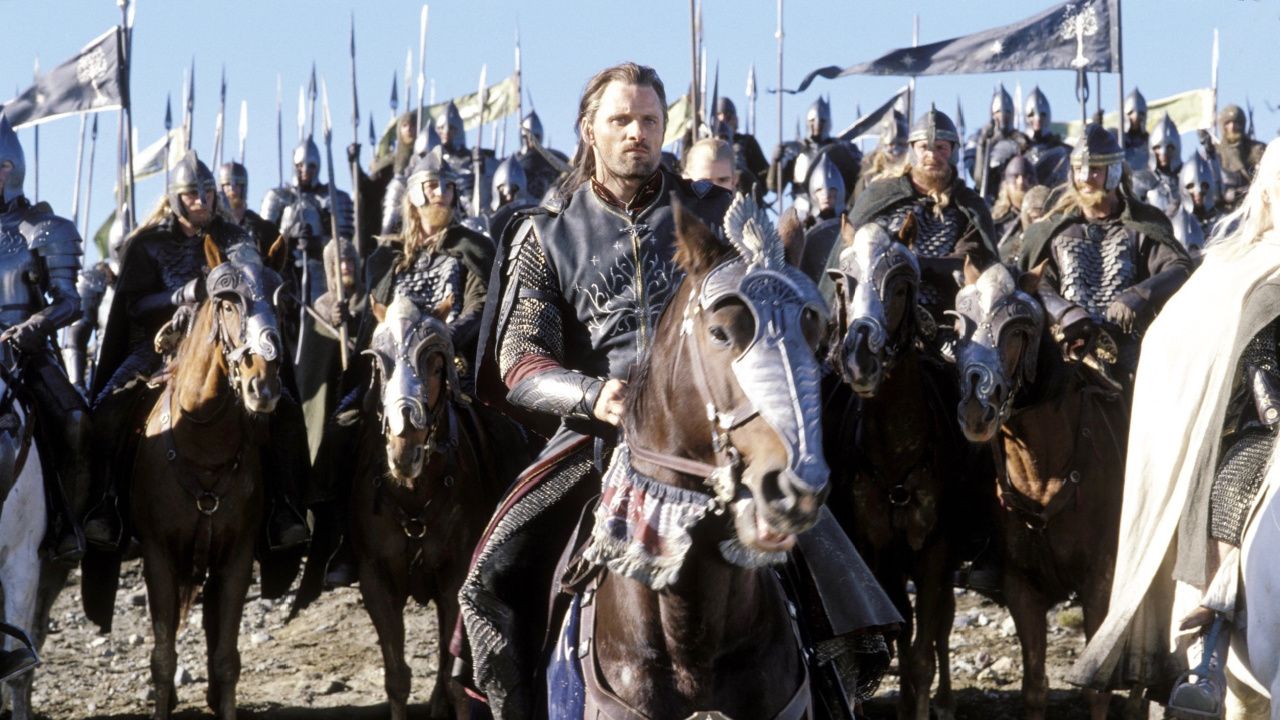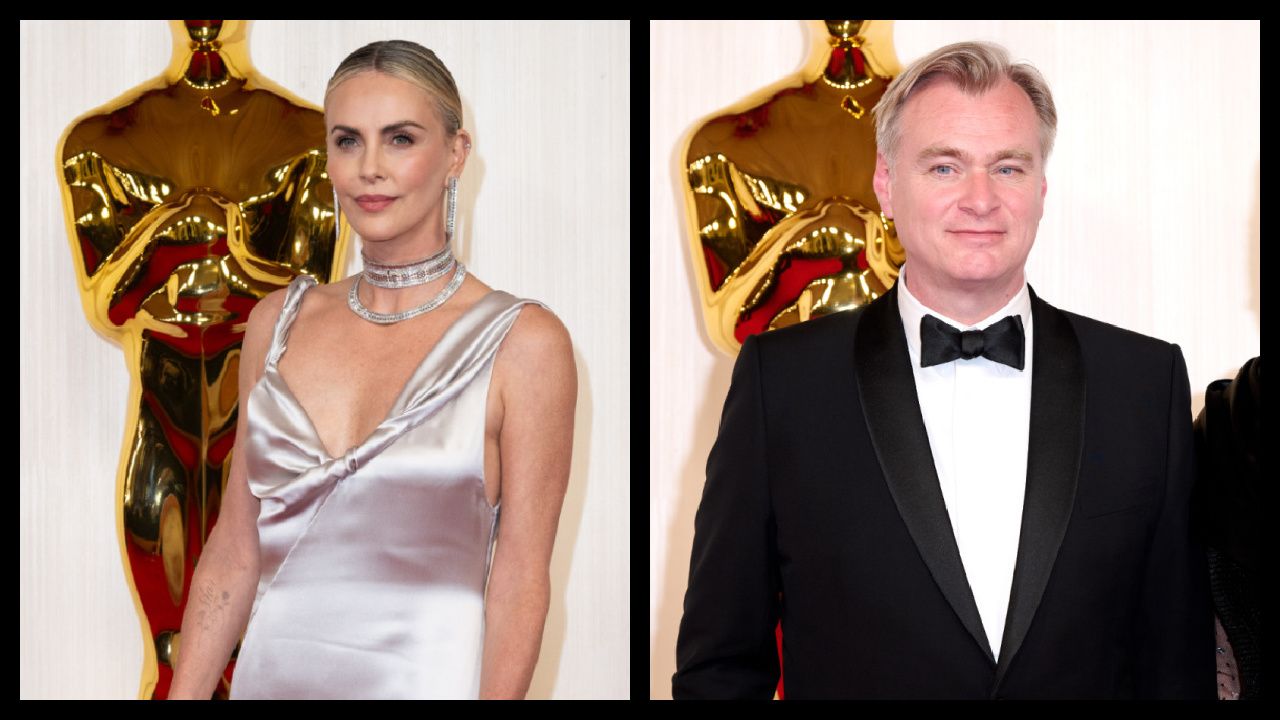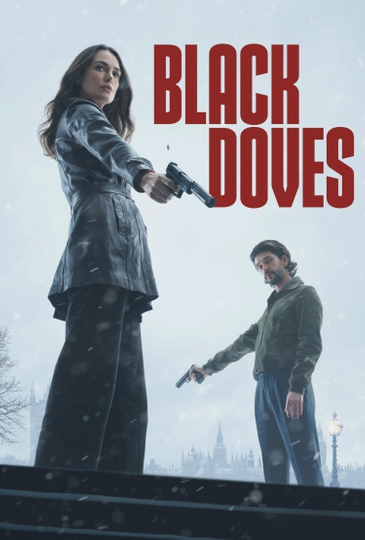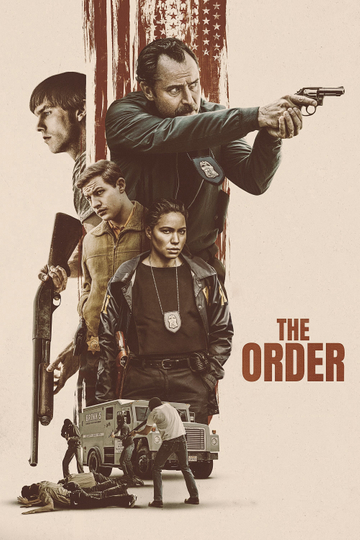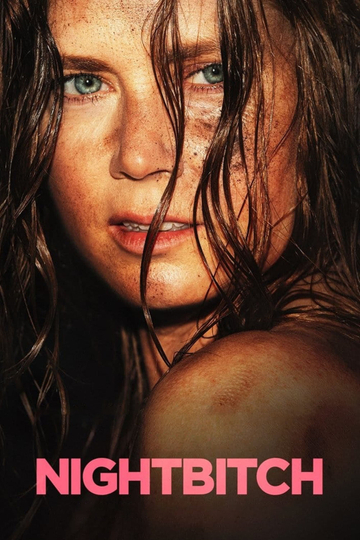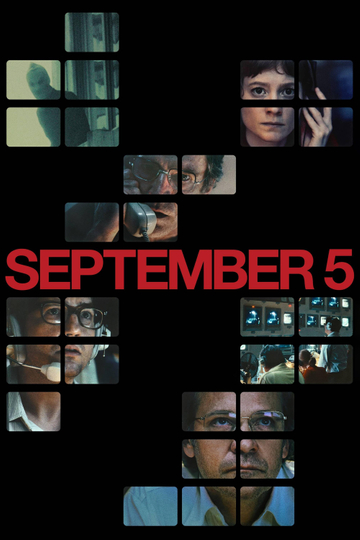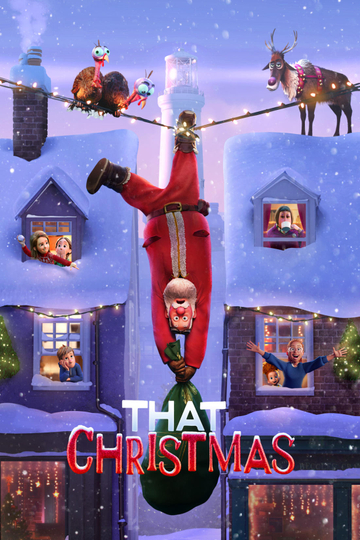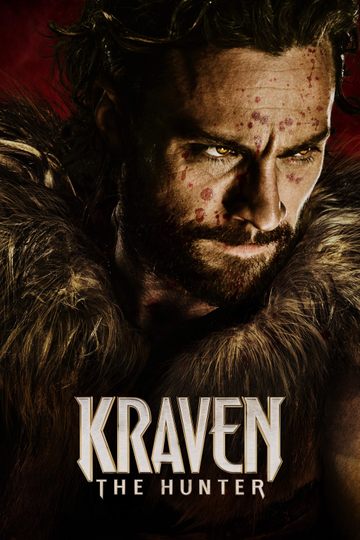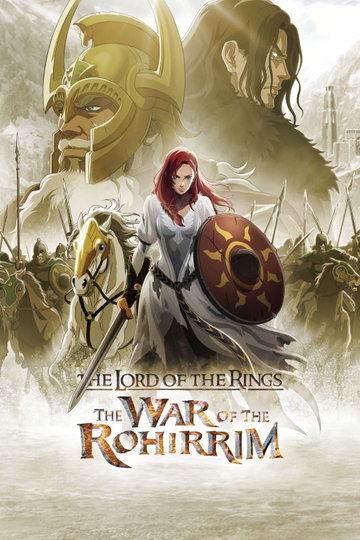9 Things That Helped The Filmmakers Resurrect 'Pet Sematary' For New Audiences
As Jud Crandall (John Lithgow) observes, “sometimes dead is better,” but in “Pet Sematary,” Kevin Kolsch and Dennis Widmyer’s adaptation of the classic Stephen King novel, better isn’t as good as the evil that ensues when a desperate father learns that there’s land on his newly acquired property that can mysteriously bring back living creatures from the grave. Both building upon and paying tribute to both that novel and the 1989 Mary Lambert film adapted from it, Kolsch and Widmeyer have created an all-new thriller that revitalizes the source material’s themes of grief and horror for all new audiences.
Paramount Pictures premiered the film Thursday night in Los Angeles at the Egyptian Theatre, where the directors and their collaborators, including writer Jeff Buhler, producer Lorenzo Di Bonaventura and stars Jason Clarke and Amy Seimetz, were in attendance. Following a rousing screening of “Pet Sematary” that left audiences shivering and unsettled in their seats, the cast and crew shared some details about the making of the film that showcased their love for King’s original novel, their own creative instincts, and more than a few little pieces of production ephemera that challenged but ultimately helped elevate what might be dismissed as “yet another remake” to something truly special and emotionally powerful.
Buhler, Kolsch and Widmeyer are lifelong Stephen King fans who actively wrestled with the challenge of making his iconic material their own. “It's a balancing act,” said Widmeyer. “There’s been a movie already, so you have to, on the one hand, honor the essence of the novel and people who have read the book have to see the movie and say ‘that's Pet Sematary.’ But Ellie (Jete Lawrence) is the one who’s asking those questions about death, so if we were going to change something, it made sense to have her then be the one to come back because she has the presence of mind to be aware that she’s dead, and then ask those questions again when she comes back. So you have that sort of dark, full circle theme. So you have to honor the fans and honor Steven King and they have to feel like they're getting the essence of the source material, but then you have to do something for today’s sensibility and breathe new life into it."
Producer Lorenzo DiBonaventura had been trying to develop a remake for almost nine years, and thrilled at the chance to make a version that he thought was truly dark and transgressive. “It's sort of a testament to the power the book and just the ideas of it that kept us going for roughly nine years since we started,” Di Bonaventura said. “But not only did [Paramount] want to make it, but they had the guts to make a pretty dark version of it. In a time period where a lot of movies are really vanilla, this is anything but, and I give them a lot of credit for backing all of us here who participated in this making this crazy movie. I think it's one of those interesting things where it doesn't matter what generation you are, it's going to apply to you. It'll keep applying. We'll probably make another movie 25 or 30 years from now.”
Clarke and Seimetz, seasoned professionals who have worked with many of the best actors in the business, were constantly impressed by young Jete Lawrence, who played not one but two versions of their young daughter Ellie. “She's more professional than we are,” Seimetz said. “I mean, she's a little scary actually, to watch her sort of click in from being a little girl to being evil Ellie, just because she does it so naturally. You didn't have to sit and watch her slowly kill you, but she's got that the sinister thing down. She’s gonna do really well in middle school.”
Clarke especially thought the choice to change the child’s gender from a boy to a girl gave the choices all the characters made additional weight, and indicated that Lawrence was not just there to deliver line readings but be a true collaborator. “I thought it was one of the best choices in the movie, for starters,” he said. “You get so much more mileage out of it being a young girl rather than a boy with a toy at some point. But the biggest thing was when I understood that she didn't just want to get it right, she wanted to be an actor. Often with kids, they just want to get it right and then move on. But Jete really wanted to enjoy the performance and go further in the performance, and I think you can see it on screen, particularly in a number of scenes where she wanted to take it as far as she could go with it. And that's when I really connected with her - I do have a good relationship with and she's wonderful.”
As good as Lawrence was in the role, however, no one, not even the directors or even the young actress’ parents, wanted to take credit for the transformation she undergoes. “Somebody on set came up to me and said, I was asking her parents, what did you do to prep her for this role? and the parents went, we didn't really do anything. The directors must be telling her that,” Kolsch remembered from set. “I sat there looking at this person going, Oh really? Because I thought her parents were prepping her. Because we're not really telling her anything. So I don't know where it was coming from. But it was funny when we would do certain scenes she'd say, hey guys, can I have a minute? And she'd go off in a corner and she'd stand there and look down and [grit her teeth] and then go, ‘I’m ready!’”
That said, Di Bonaventura admitted they had some minor problems with the young twins that played Ellie’s younger brother. Seimetz defended them, saying that watching a fake version of themselves get dropped out of a window would traumatize anyone. “We had a dummy and the twins would come out and watch this dummy that’s dressed exactly like them drop out of the window,” Seimetz recalled. “And then they would be like, ‘okay, now it’s your turn!’ and all they had to do was be in Jason’s arms, but they were watching the dummy and it was kicking, and I was dropping it out of the window over and over, and then when [the directors] were like, ‘okay, time for the boys,’ they looked down at their costume and were like, ‘no no no!’”
After the cat in Lambert’s 1989 film became an icon, Kolsch and Widmeyer struggled first to find the right kind of cat to stand out in their film, and then to actually locate ones that could performa the tasks needed for its role in the film. “The cat in Mary Lambert's movie is a British short hair and it's a damn good looking cat,” said Widmyer. “Kevin and I were like, we shouldn’t try to compete with that cat. That cat is amazing and we have to do our own thing. And in the book, it's a black and white tomcat, a very basic cat. So based on the art on the hardcover, we decided on a Maine coon, and that means four exotic colors and long hair - little did we know how hard it was going to be to find eight cats that all looked exactly like that. So it was really about finding the trainers, and then tasking the trainers with not finding a lot of cats that could do that. And to their credit, they did. Every cat had a different specialty - a cat that could hiss, a cat that could jump, a cat that could stare.”
Although the filmmakers’ internal collaboration produced a remarkably effective film, Buhler credits King’s techniques as a writer for the fluidity of combining new and established ideas. “For me, the process with this film was always to identify the monster as grief and loss and there what's cool about what Stephen King does, which not a lot of other authors and filmmakers can get away with is that he puts many different mythologies together. There's dead people. There's ghosts, there's Indian mythology, there's all kinds of things. And for some reason when you read his novels, all that all seems natural, but it can be very dangerous in a screenplay to start packing a film with so much different mythology that, and so that idea that the monster, that the force driving the film was the grief and loss that this family was experiencing allowed me to have a rudder through all of that crazy Stephen King world. So I think in retaining the spirit of the novel, it really works, but then all the changes also worked because that environment is true to the book.”
At the same time, even the filmmakers don’t fully agree on what the movie is about, or what it’s exploring - and that’s a good thing. “I think for every one of us it's about different things,” said Di Bonaventura. “Yeah, it's about grief. But that's not really for me. For me it's about our relationship with death. I think as a society we really brush it under the rug and we've increasingly tried to distance ourselves from it. And so this forces you to look at it in the most uncomfortable ways, you know? And having read the book when I was younger and then having read the book again after being a father, you get a whole other layer going on here. So those are the two things that drove me is that, how far would you go to see your kid again? Really far, apparently. Jason made a really bad decision, but you know, I understood it.”
Regardless, Clarke insists that no matter what theme or idea emerges as you watch it, he’s really enjoyed seeing the finished film and found it to be a lot of fun. “It brings a smile to my face down to hear everybody releasing emotion, laughter and shock. For me, it was a very dark, disturbing, upsetting piece, especially if you have children. And then to shoot it was very hard - we spent a good month and a half of the shoot in the full horror. So to actually watch it now, it’s a lot. It’s enjoyable.”
